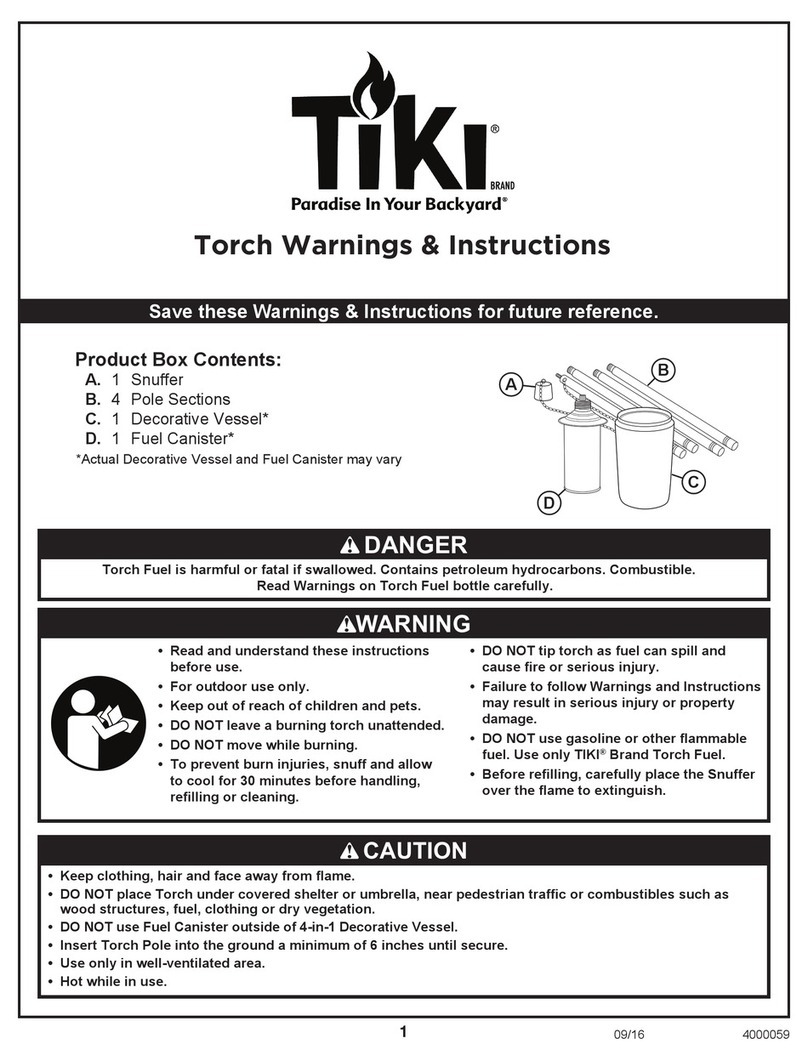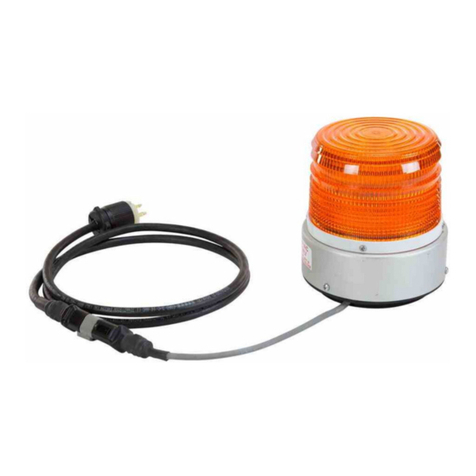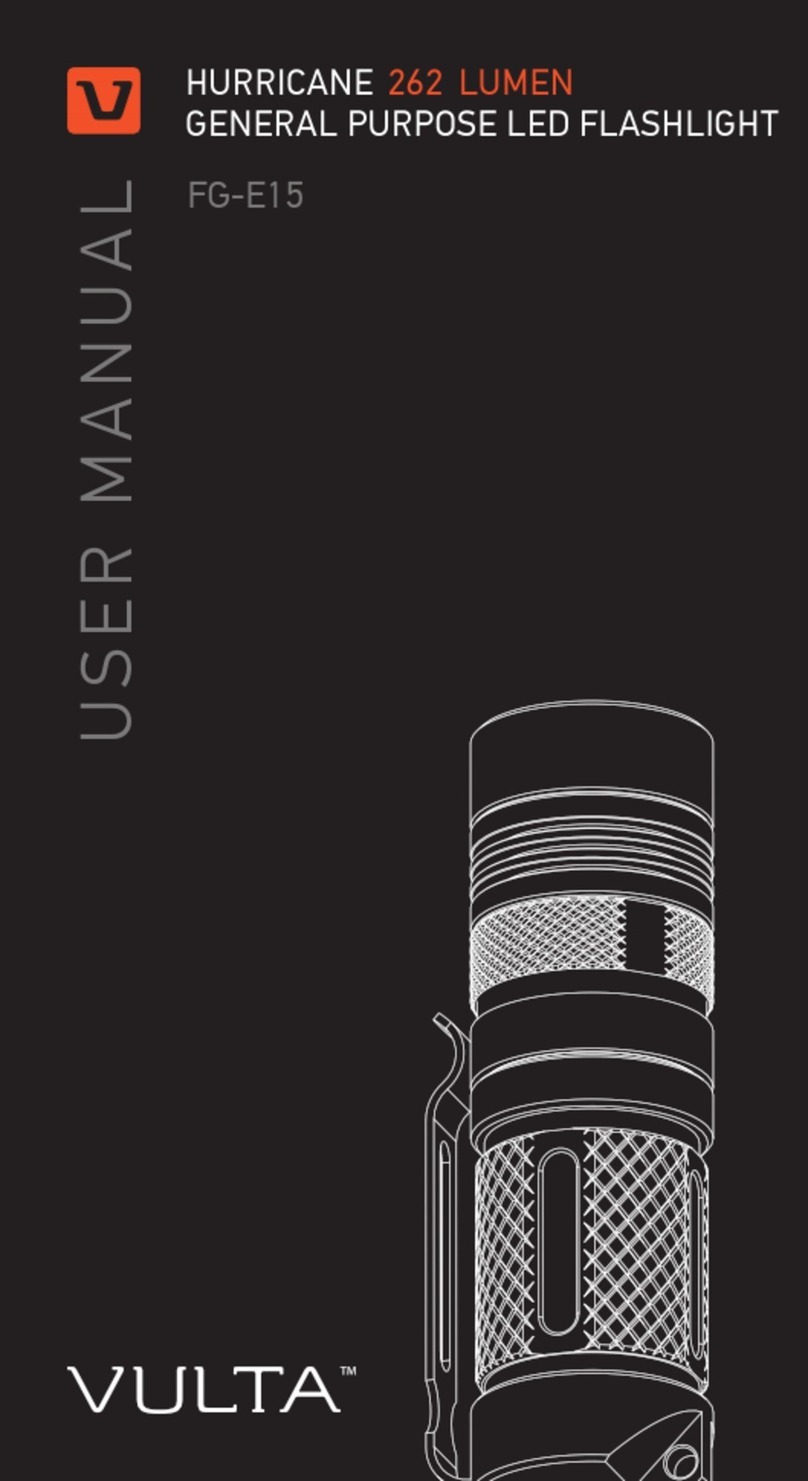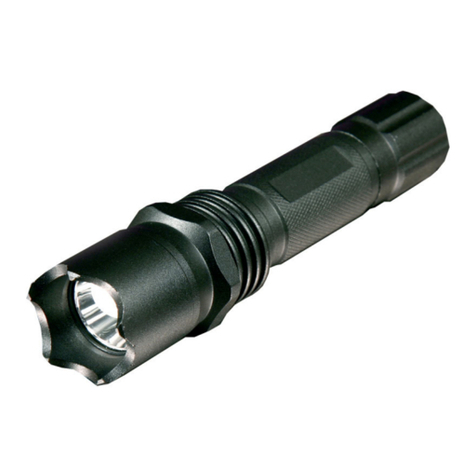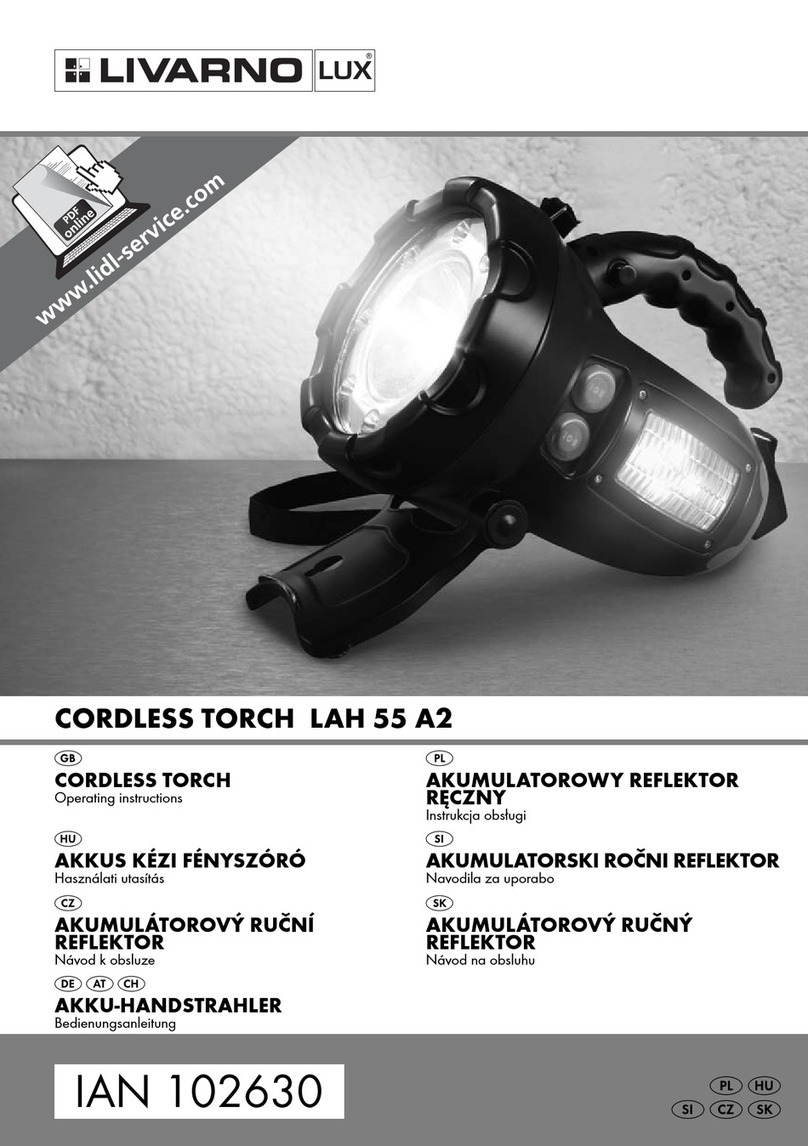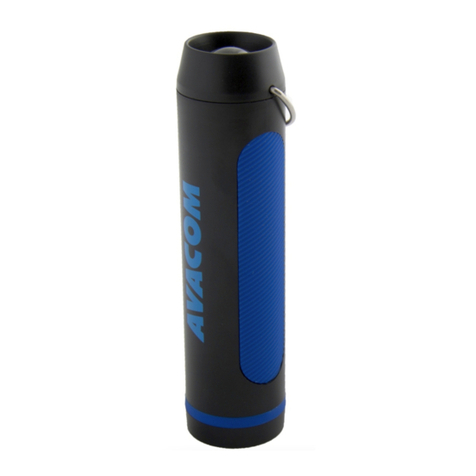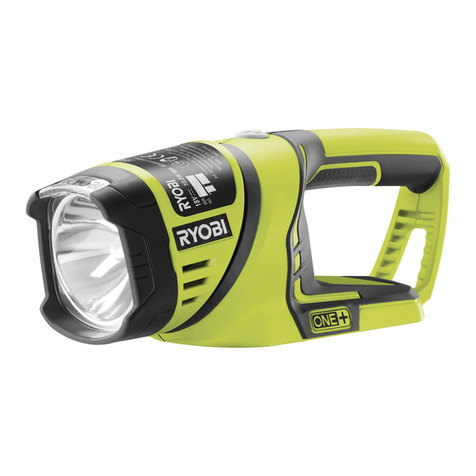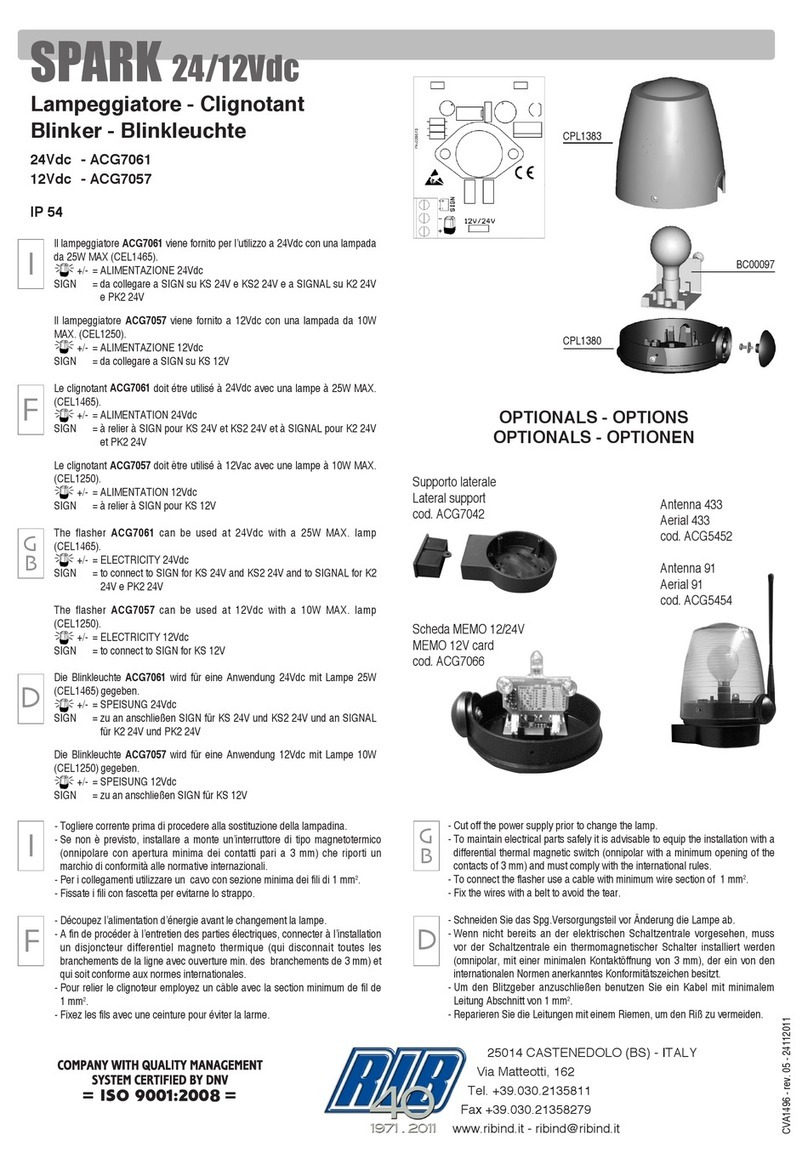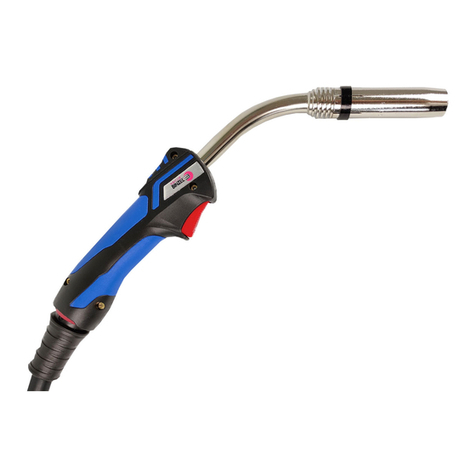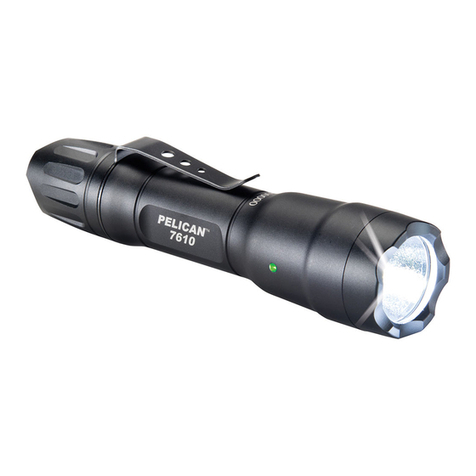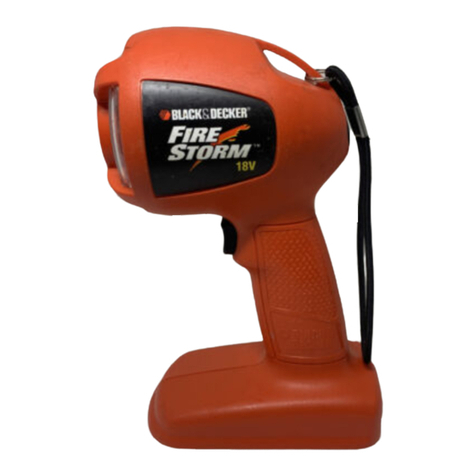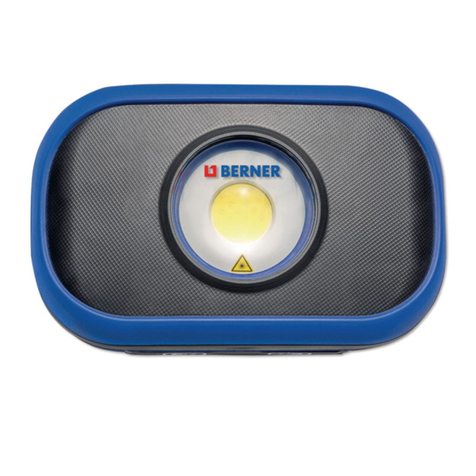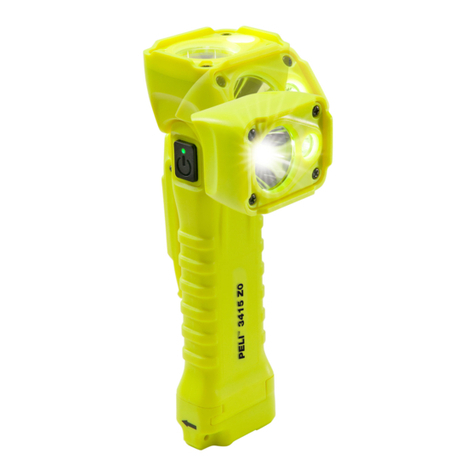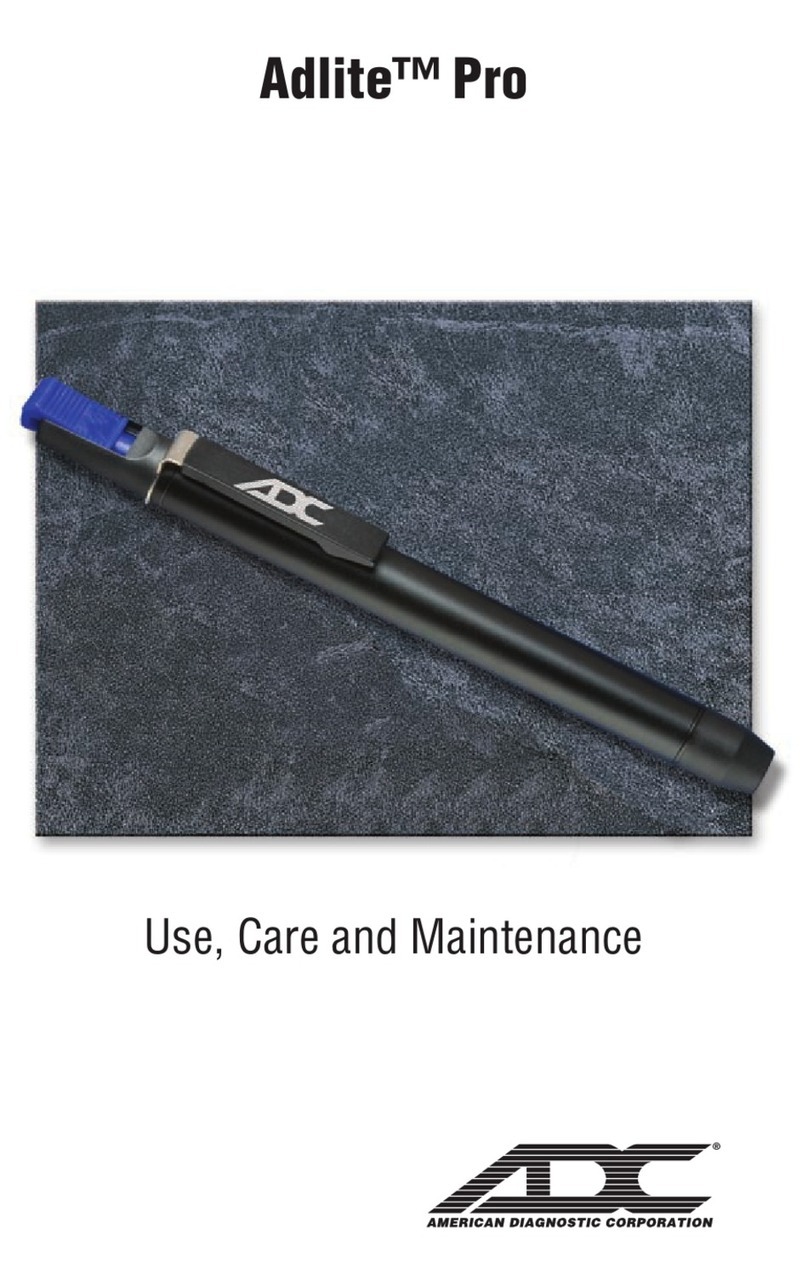
UV3W-LED.docx Page 9 of 17
© UV Light Technology Limited - Issue No: 3/12
Operating Instructions for UV 3W LED
- Individuals who are exposed to photosensitising agents, either ingested,
injected or externally applied, may not be aware of their heightened
sensitivity.
The UV light exposure limit values may not be adequate protection for photosensitive
individuals and special precautions may be necessary. These individuals should
seek medical advice with respect to additional protective measures which may be
required before any exposure to UV light.
Also check that all persons who could be exposed to significant levels of UV light are
not aphakic (had an eye lens removed and not replaced by an artificial lens) or
pseudophakic (had an eye lens replaced with a non UV light absorbing artificial
intraocular lens). These persons should be aware that they may not be adequately
protected against retinal injury from exposure to UV light within the exposure limit
values. They should seek medical advice with respect to additional protective
measures which may be required before any exposure to UV light.
These checks can be done using questionnaires.
e) Heightened Collective Photosensitivity
Particular attention should be paid to any possible photosensitising effects resulting
from workplace interactions between UV light exposure and chemical compounds
which could cause heightened collective photosensitivity.
f) Limitation of access - Access to an area where the UV 3W LED torch is
operated should be limited only to persons directly concerned with its use or those
necessary.
g) Warning labels and signs – Should be used to indicate
the presence of UV light which could result in persons
being exposed to levels of UV light exceeding the
exposure limit values, or significant personal exposure.
Personal protective equipment
a) Protection of the skin – The most effective way to protect the skin from UV light is to
cover it. The areas of skin usually at risk are the backs of the hands, forearms, face
and neck, as other areas are usually covered by clothing. The hands can be
protected by wearing gloves and arms can be covered by long sleeves, using material
with low UV light transmission. In general, darker coloured, heavier fabrics with a
